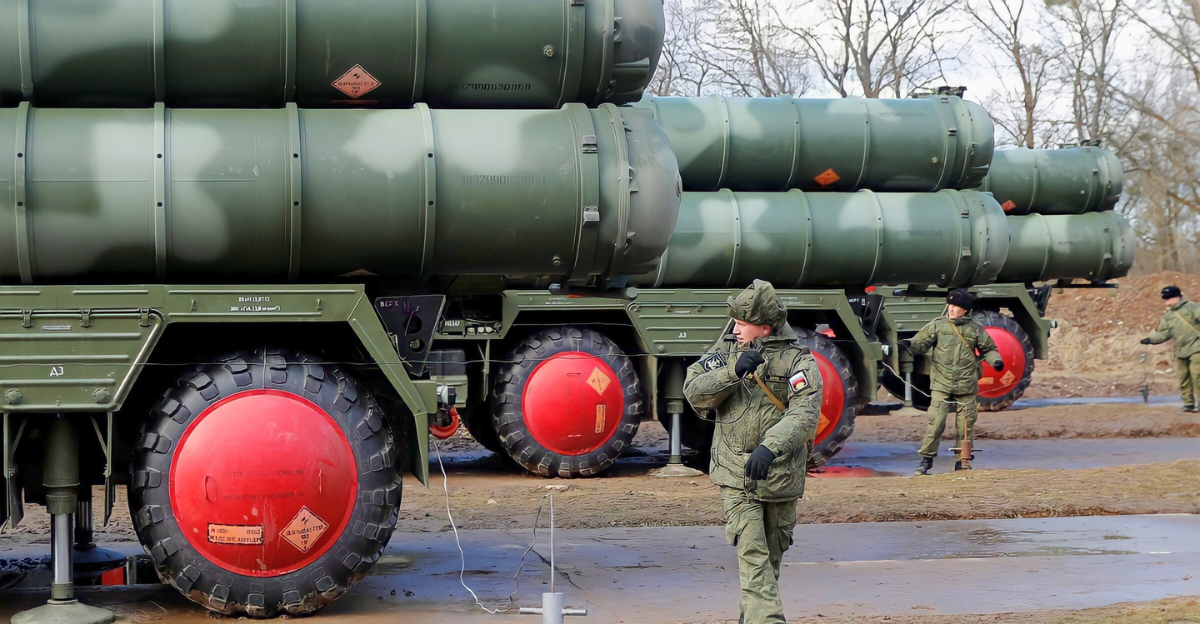
Russia’s S-500 “Prometheus” air defense system reached a historic milestone in December 2024 when Moscow announced the formation of its first operational regiment.
The S-500 boasts an impressive 600-kilometer range and near-space capabilities. Military analysts describe the deployment as potentially reshaping modern warfare dynamics amid escalating global tensions and renewed hypersonic threats.
Rising Stakes
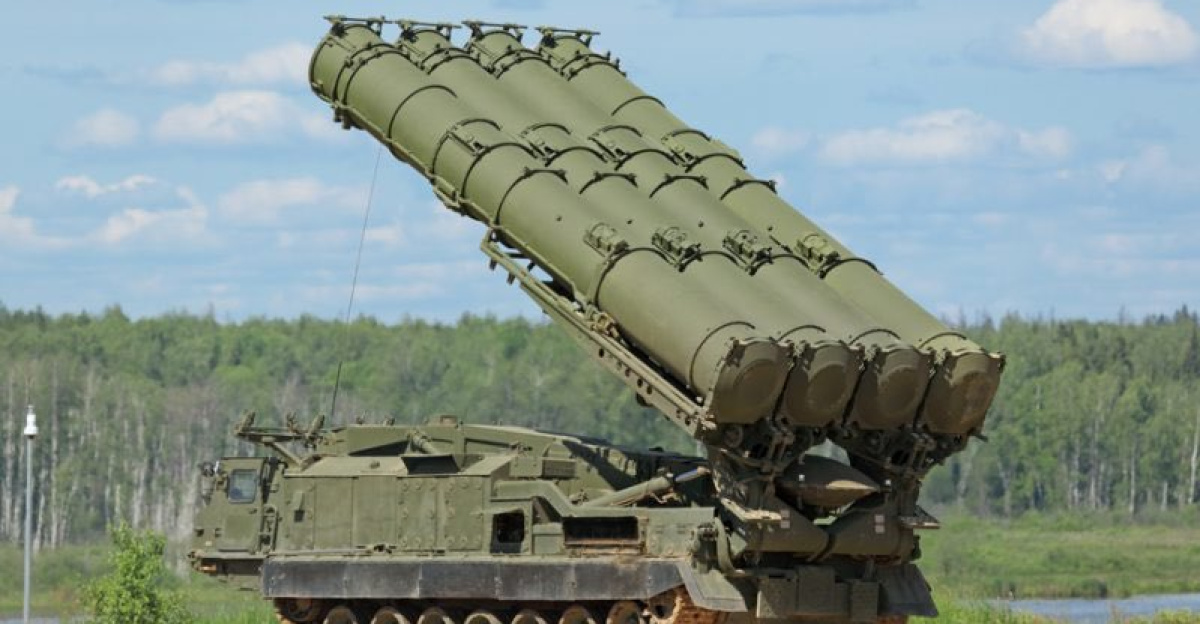
Russia’s newest defensive capability is under scrutiny by Western intelligence agencies. Behind the deployment is a decade-long, $2+ billion development program. NATO officials express concerns about air superiority vulnerabilities.
Defense contractors accelerate competing programs while the system’s multi-threat engagement capability prompts strategic reassessments. This marks the beginning of broader Russian air defense modernization.
Evolution Of Defense
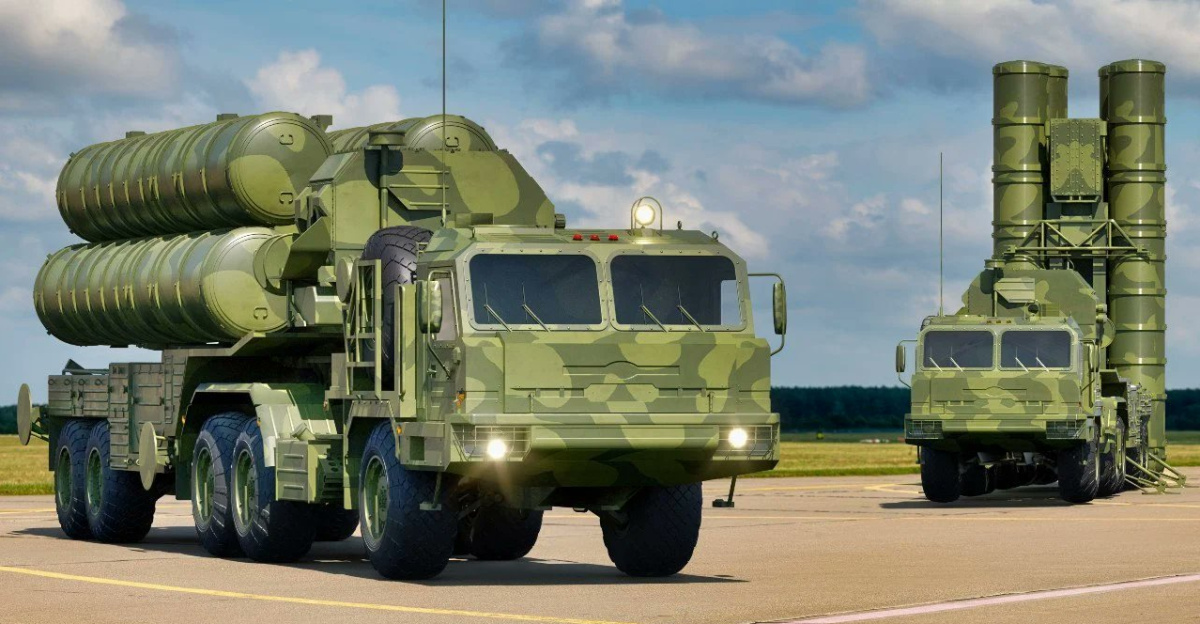
Russia’s air defense evolution started with Cold War-era S-200 systems countering strategic bombers. The S-300 family addressed cruise missiles, followed by the S-400 “Triumf” in 2007.
S-500 development started in 2009 under Almaz-Antey but faced delays due to technical challenges integrating multiple engagement modes, which required revolutionary radar and interceptor advances.
Mounting Pressures
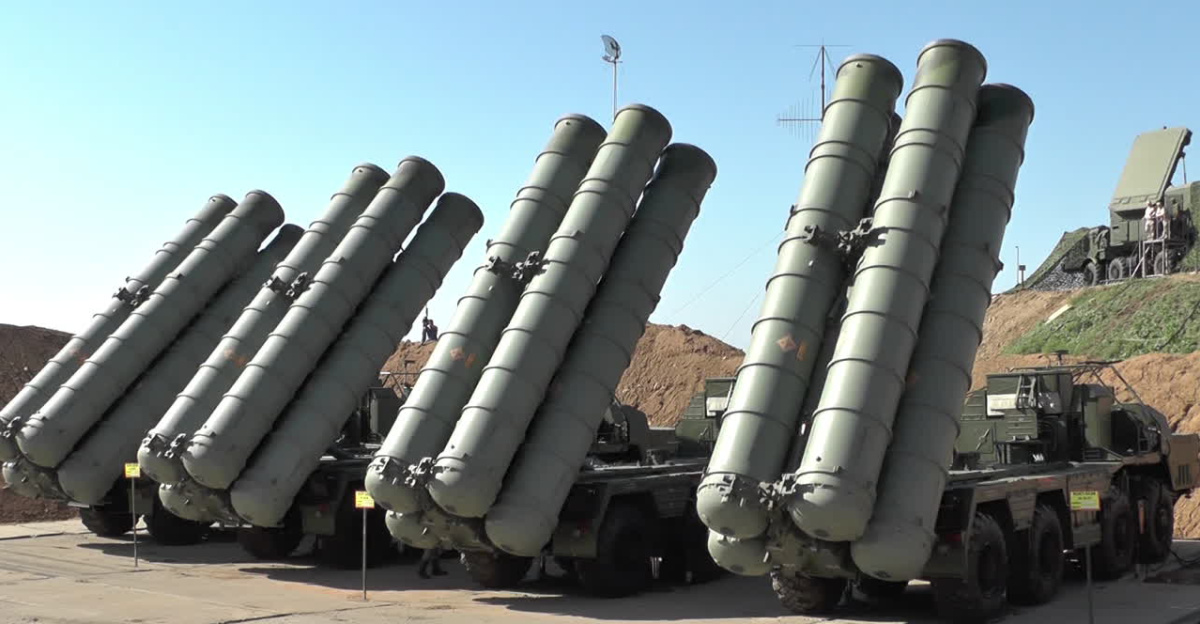
US and Chinese hypersonic weapons accelerated Russian defensive urgency. The 2018 National Defense Strategy identified Russia-China as strategic competitors, spurring Moscow’s investments. Ukrainian ATACMS strikes exposed S-400 vulnerabilities.
Russian planners needed systems for contested electromagnetic environments, addressing NATO stealth proliferation and space-based threats extending beyond atmospheric limits.
Historic Deployment
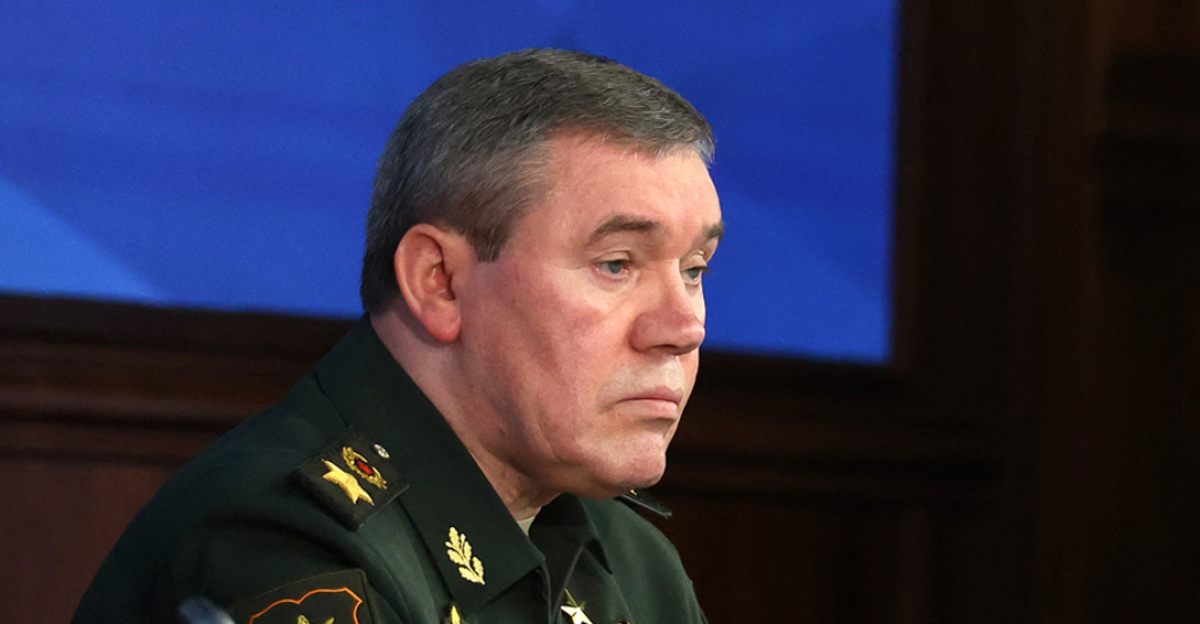
On December 18, 2024, General Valery Gerasimov announced the completion of Russia’s first S-500 regiment formation.
“The formation of the first regiment equipped with the S-500 anti-aircraft missile system, capable of solving strategic missile defense tasks, is being completed,” he stated. The regiment protects the strategic Kerch Bridge connecting Russia to Crimea.
Regional Impact
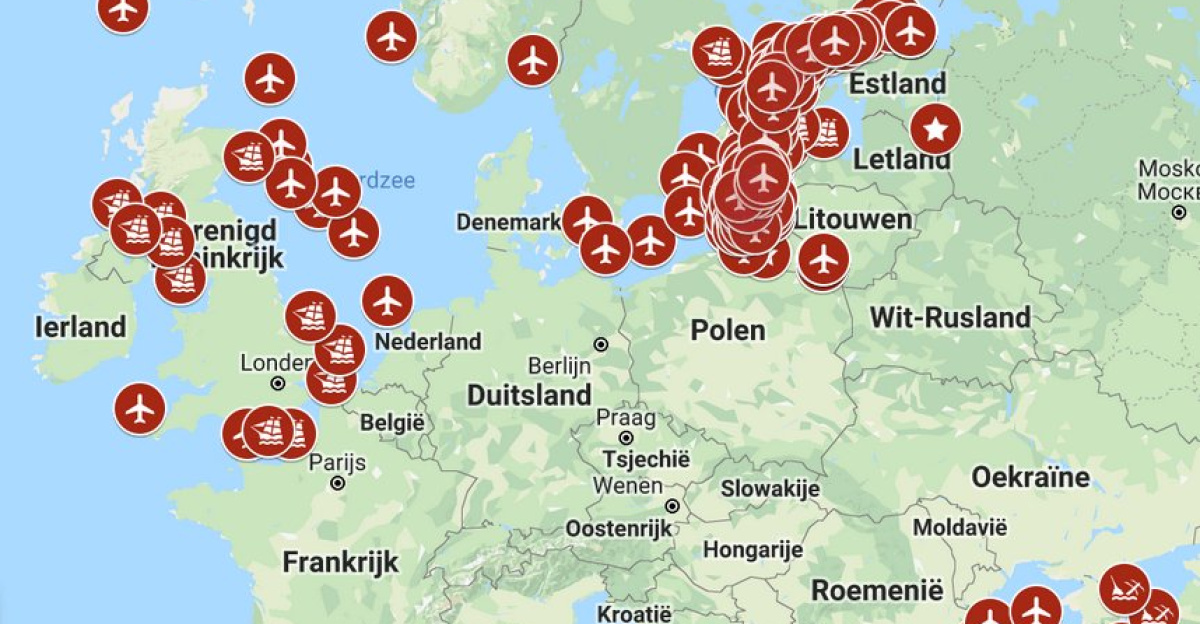
The S-500’s 600-kilometer range extends Russia’s defense into NATO airspace. Critical installations in Poland, the Baltic states, and eastern Germany fall within engagement zones. Its anti-satellite capabilities threaten Western space assets.
Regional air forces must reconsider flight paths while intelligence suggests future Kaliningrad deployments could create overlapping defensive layers.
Experimental Gamble
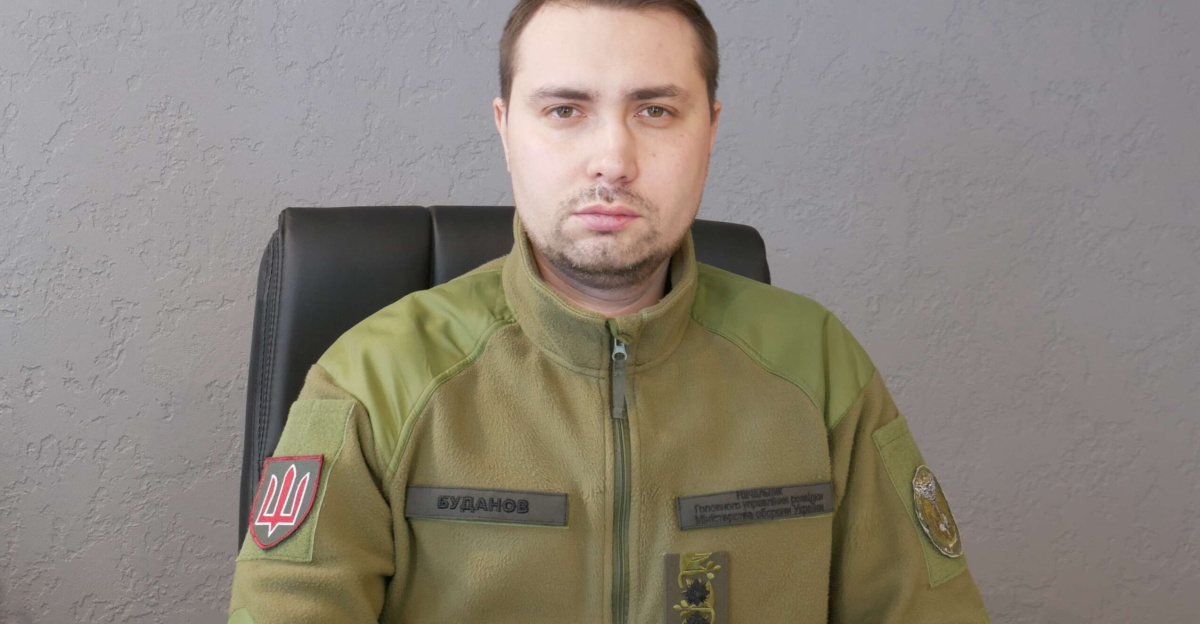
Ukrainian intelligence chief Kyrylo Budanov confirmed Russia’s deployment of S-500 elements to Crimea in June 2024, describing it as “experimental application” of the untested system. “The newest elements of the S-500 have appeared. In principle, this will be their experimental application, but they have already appeared there [in Crimea],” Budanov stated to Ukrainian media.
According to official Russian sources, Russian military personnel have undergone specialist S-500 training at the Military Academy of the Aerospace Force in Tver since 2017.
Industry Response
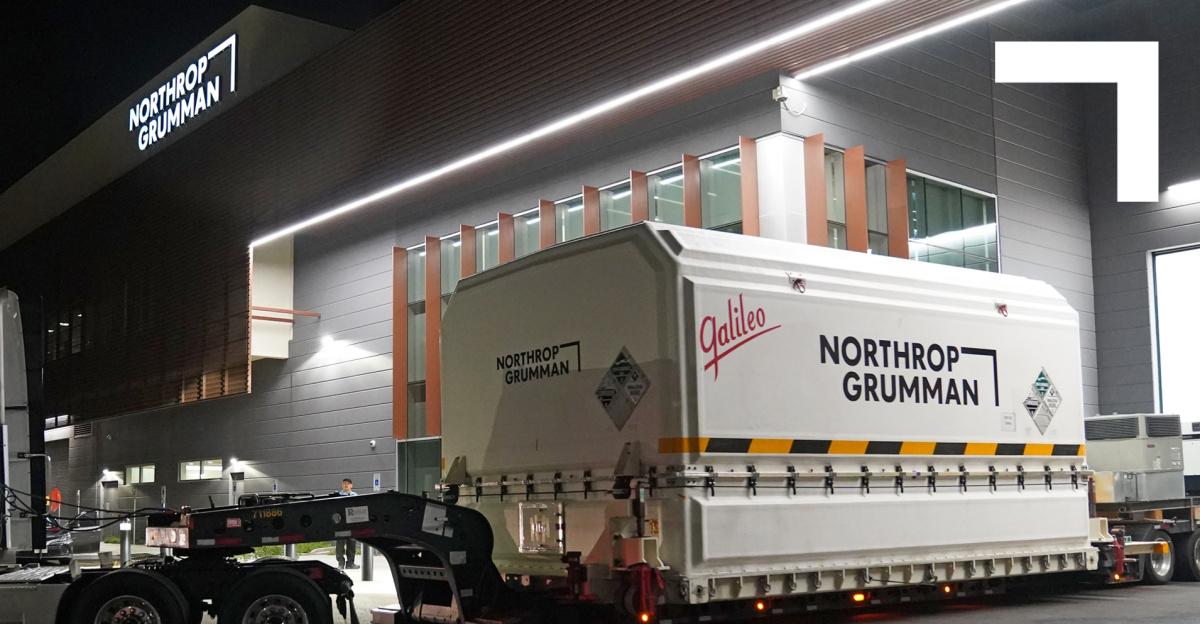
Defense contractors worldwide are accelerating competing programs responding to S-500 capabilities. Northrop Grumman emphasizes space-based detection, early interception, joint command, and directed energy weapons.
European MBDA expands hypersonic defense investments. The global missile defense market projects 25% annual growth through 2030. Congress allocated $4.7 billion for hypersonic defense in fiscal 2025.
Global Trends
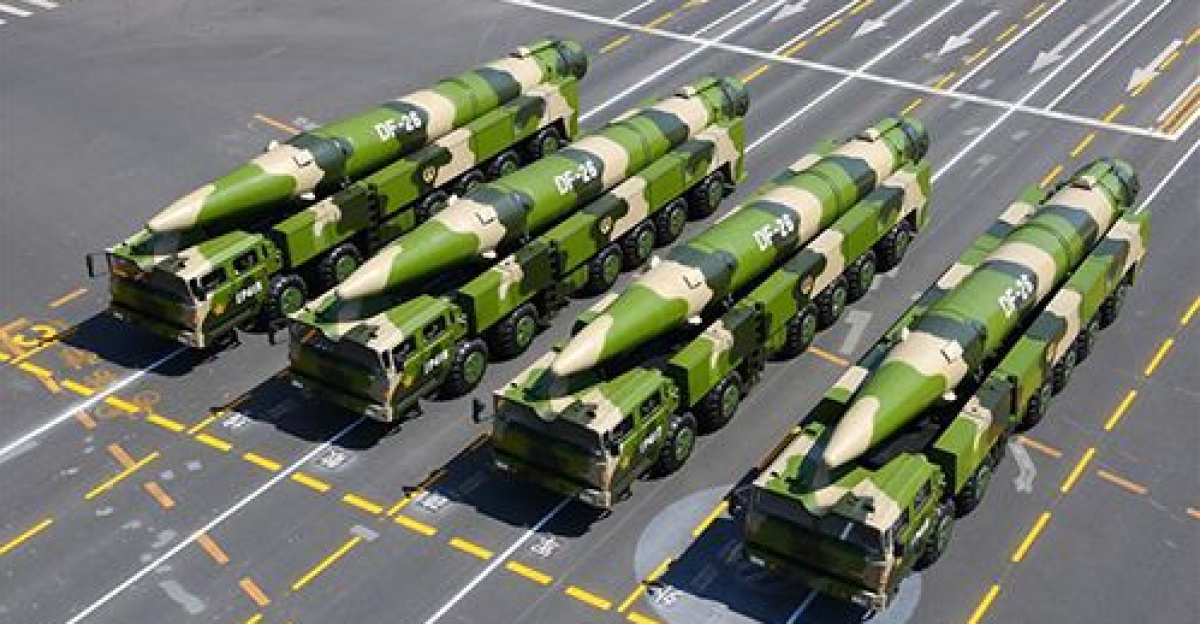
Over 70 hypersonic weapons programs operate worldwide. The S-500’s claimed Mach 20+ intercept capability represents a significant defensive advancement. Chinese DF-21/DF-26 missiles drive regional requirements affecting the US Pacific Command.
India explores S-500 acquisition against Pakistani-Chinese threats. NATO emphasizes distributed operations and electronic warfare integration while arms control frameworks struggle with proliferation.
Hidden Vulnerability
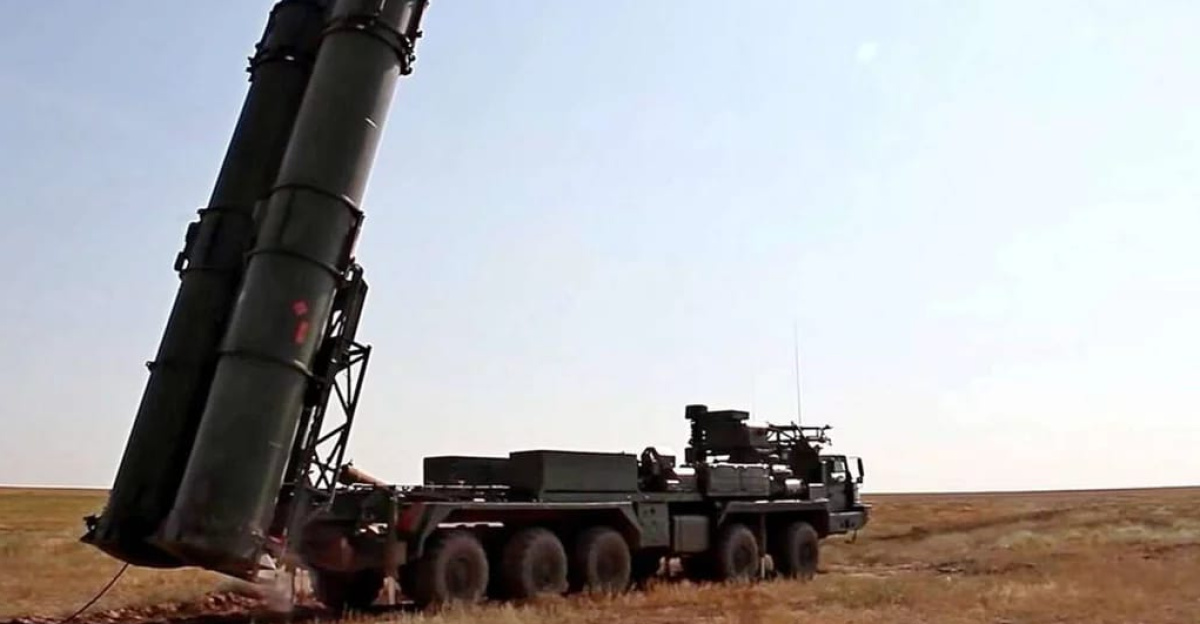
The S-500 deployment exposes Western dependence on vulnerable support aircraft. Due to their distance, AWACS, tankers, and electronic warfare platforms are traditionally safe, but they now face extended-range threats.
These force multipliers enable NATO’s air superiority doctrine. Losing command aircraft could neutralize operations regardless of fighter capabilities, forcing a reconsideration of decades-old campaign structures.
NATO Concerns

Alliance planners express concerns about the pace of defensive countermeasure development. Budget constraints limit the acquisition of new systems capable of operating in S-500 environments.
Coordinating 30+ nations creates adaptation delays. Training programs require extensive revision, straining resources. To address these challenges, NATO Secretary-General Mark Rutte calls for 400% increases in air and missile defense capabilities.
Command Changes

Russian military restructures to support S-500 integration across service branches. The First S-500 Regiment operates under direct General Staff control rather than traditional air defense structures.
Personnel reassignments affect thousands of officers adapting to space warfare requirements. Training academies introduce specialized curricula covering hypersonic intercept and satellite targeting procedures.
Modernization Plans
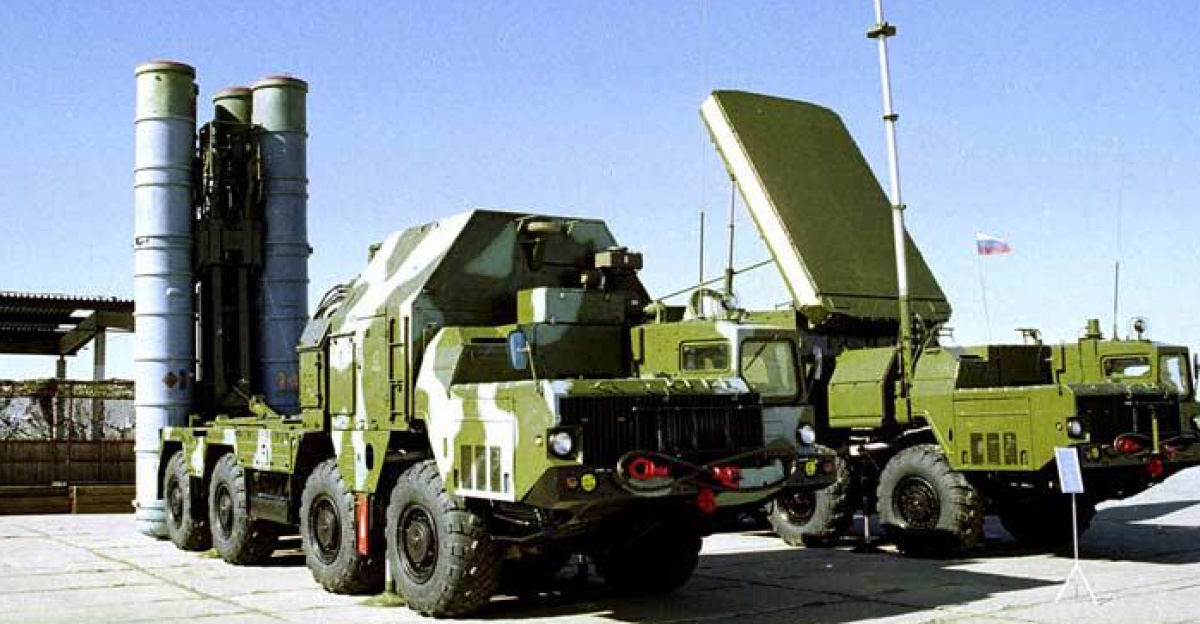
Russia announces expanded S-500 production targeting additional regiments by 2027. Manufacturing increases require significant facility and workforce investments.
Success drives complementary system development, including enhanced radar networks. Due to technology restrictions, export potential remains limited. Integration with existing S-400/S-300 systems creates unprecedented layered defense architectures across Russian territory.
Expert Analysis
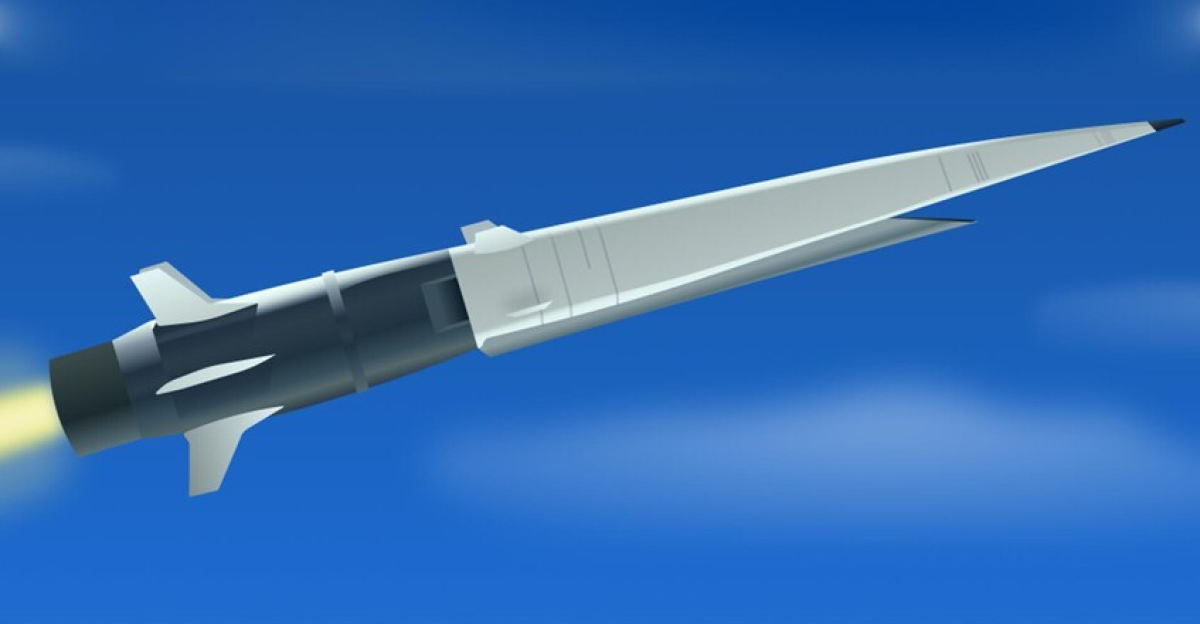
Western analysts question Russian S-500 performance claims against stealth aircraft and hypersonic weapons. The system remains unproven in combat conditions, and testing scenarios may not reflect complex battlefield environments and countermeasures.
Electronic warfare could degrade effectiveness while high engagement costs create sustainability concerns. Some experts suggest evolutionary rather than revolutionary advancement.
Future Questions
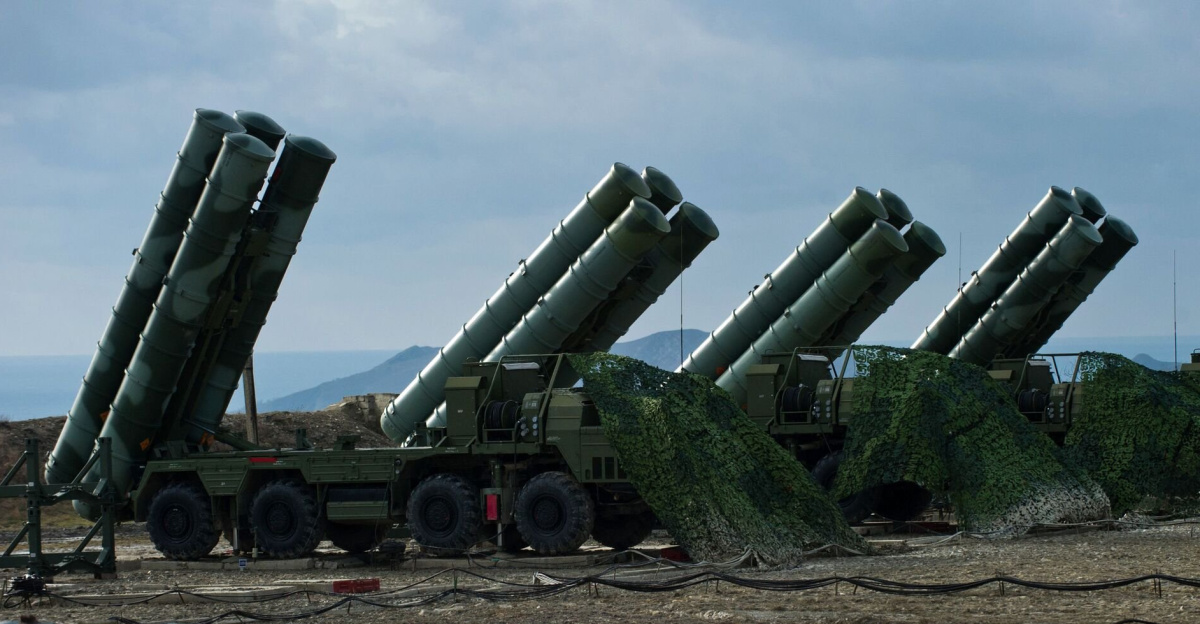
Can Western air doctrines adapt quickly enough to S-500-class threats without fundamental restructuring? The deployment raises critical questions about air superiority and space-based operations.
Emerging AI and directed energy technologies may provide countermeasures, but timelines remain uncertain. As hypersonic weapons proliferate globally, the offense-defense balance hangs in equilibrium.






